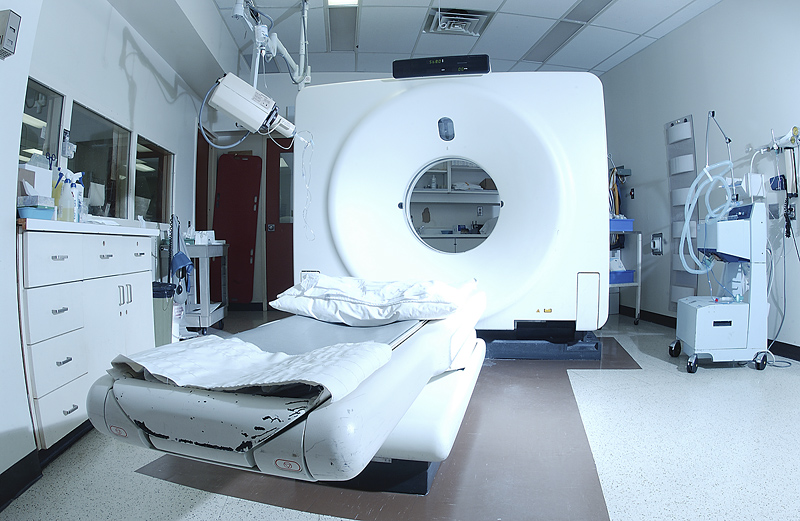
SUNDAY, June 1, 2014 (HealthDay News) — Using light to stimulate key nerve connections in the brains of rats, scientists were able to erase certain memories, and then restore them with a second type of light.
“We can form a memory, erase that memory and we can reactivate it, at will, by applying a stimulus that selectively strengthens or weakens synaptic connections,” study senior researcher Dr. Roberto Malinow, a professor of neurosciences the University of California, San Diego, said in a university press release.
Reporting in the June 1 issue of Nature, Malinow and his colleagues said they removed and reactivated memories in rats by stimulating synapses, which are connections between brain nerve cells (neurons).
To do so, the scientists used light optics to stimulate a bundle of nerves in the rats’ brains that had been genetically tweaked to make them sensitive to light. At the same time, they delivered an electric shock to the rodent’s foot. In this way, the rats began to associate the nerve stimulus with the foot pain — as if they had a memory of the two occurring together — and they showed fear behaviors when the nerves were stimulated, the researchers said.
The stimulated nerve areas showed chemical changes that indicated the synapses between the memory-linked brain cells had gotten stronger after the stimulation.
But the scientists were also able to weaken those memory-cell connections. They did so by delivering a low-frequency set of light pulses at the same nerves. In this case, the rodents stopped responding to the original nerve stimulation — suggesting that the pain-association memory had been wiped out.
But what about restoring that lost memory? Malinow’s team were able to do that, too, by re-stimulating the nerve bundle with another high-frequency pulse of light. In these cases, the rats responded to the stimulation with fear, even though their feet were not being shocked. According to the scientists, that suggests that they had “restored” the fear-linked memory.
“We can cause an animal to have fear and then not have fear and then to have fear again by stimulating the nerves at frequencies that strengthen or weaken the synapses,” lead study author Sadegh Nabavi, a postdoctoral researcher in the Malinow lab, explained in the news release.
Even though animal studies often fail to translate to applications in humans, the researchers believe there could be benefits from the research down the line.
One such application might be to help Alzheimer’s patients. Beta amyloid plaques that accumulate in the brains of people with Alzheimer’s disease weaken synaptic connections in much the same way that low-frequency stimulation erased the rats’ memories, Malinow explained.
“Since our work shows we can reverse the processes that weaken synapses, we could potentially counteract some of the beta amyloid’s effects in Alzheimer’s patients,” he theorized.
More information
The U.S. National Institute on Aging has more about Alzheimer’s disease.
Copyright © 2025 HealthDay. All rights reserved.

